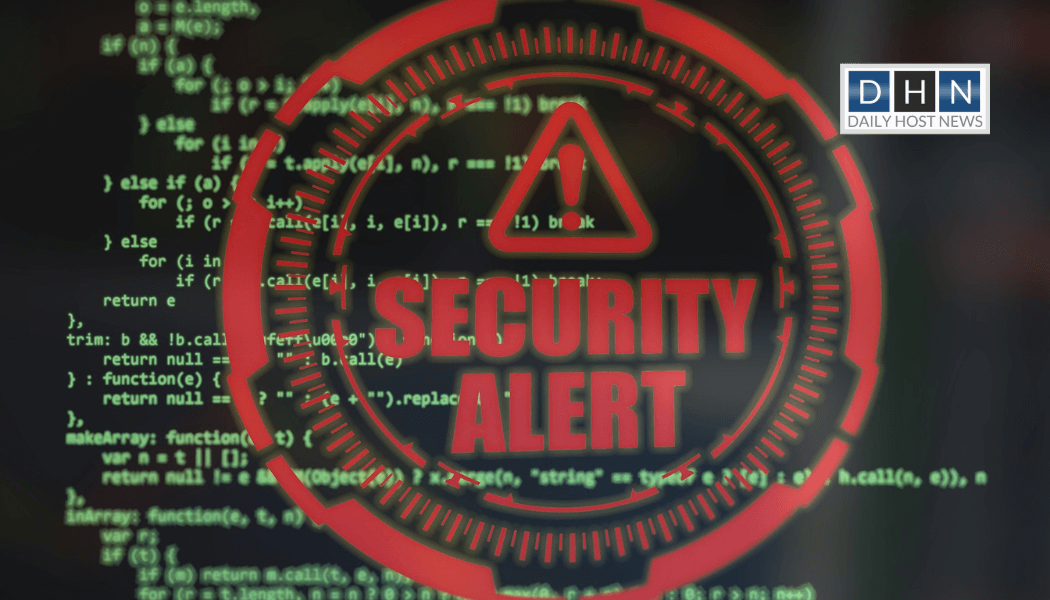The frequency of cyberattacks is increasing and shows no signs of abating. This rise has put individuals, governments, and organizations on high alert. People are becoming more aware of where their personal information is going, governments are implementing regulations to protect their citizens, and companies are dedicating more resources to safeguard their operations from cybercrime.
Despite these efforts, many organizations’ measures fall short. Cybercriminals continually adjust their tactics to capitalize on new vulnerabilities and changes in consumer behavior. For instance, when the pandemic caused a sudden shift to remote work, cybercriminals exploited software weaknesses to disrupt computer systems. The FBI’s Internet Crime Complaint Center reported a rise of nearly 50% in suspected internet crime from 2019 to 2020, with losses surpassing $4.2 billion, reports McKinsey.
Cybersecurity trends expected in the next three to five years
Cybersecurity risks are dynamic and persistent, requiring companies to adopt a proactive, forward-looking approach to stay ahead of potential disruptions. There are three significant cybersecurity trends that organizations must consider:
- On-demand access to data – The demand for on-demand access to ubiquitous data and information platforms is growing, particularly with the shift towards mobile platforms and remote work. This dependence on large data sets increases the likelihood of a breach, which can be particularly costly given the amount of data organizations now collect about their customers. To manage and protect this data, new technology platforms are needed.
- Increase in usage of advanced technologies in hacking – Hackers are using advanced technologies such as AI, automation, and machine learning to launch increasingly sophisticated attacks. Hacking is now a multibillion-dollar industry, complete with institutional hierarchies and R&D budgets, and these tools can significantly reduce the end-to-end life cycle of an attack. Additionally, other technologies are making known forms of attacks, such as ransomware and phishing, easier to mount and more common.
- Lack of expertise – The regulatory landscape is growing, and organizations are facing a shortage of resources, knowledge, and talent to keep up with the evolving cybersecurity threat. Many organizations lack the expertise needed to effectively manage cybersecurity, and this shortfall is growing as regulators increase their scrutiny of cybersecurity practices in corporations.
What steps can cybersecurity providers take?
To address the current cybersecurity landscape, providers can concentrate on four essential areas:
Cloud technologies – As many organizations continue to migrate to the cloud, cybersecurity providers should offer protection for both general and specialized cloud configurations.
Pricing – Most current cybersecurity solutions are not aimed at small- to medium-sized businesses. Providers must target this market by creating products that are tailored to their specific needs.
Artificial intelligence (AI) – There is significant potential for innovative AI and machine learning in the cybersecurity field, but operators find it difficult to trust autonomous intelligent cyber defense platforms and products. Providers should focus on developing AI and machine-learning products that augment the efficiency of human analysts.
Managed services – The demand for full-service offerings is projected to rise by up to 10% annually over the next three years. Providers should develop bundled offerings that include critical use cases, and they should prioritize outcomes over technology.
In conclusion, the rapidly evolving cybersecurity threat landscape demands that providers adapt their strategies to accordingly. These measures will be crucial in ensuring the safety and security of organizations and individuals alike.
Source: McKinsey & Company
Read next: How to position your cloud security posture to stay ahead of challenges








